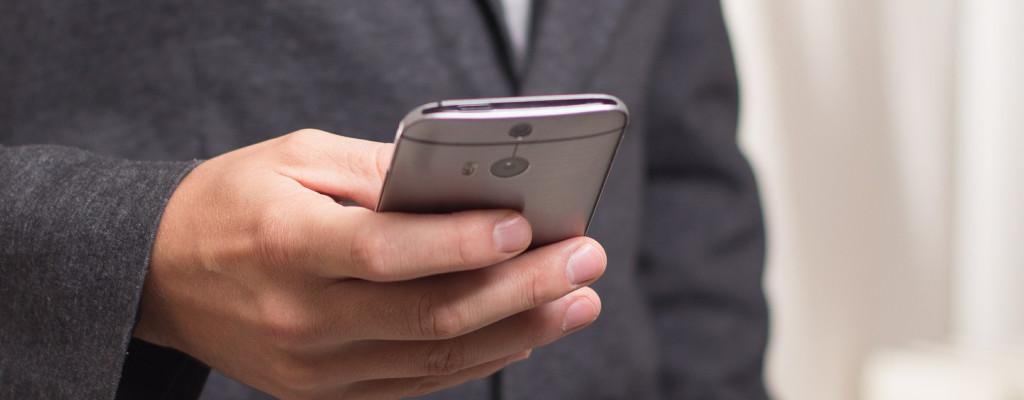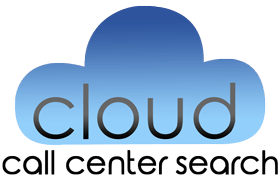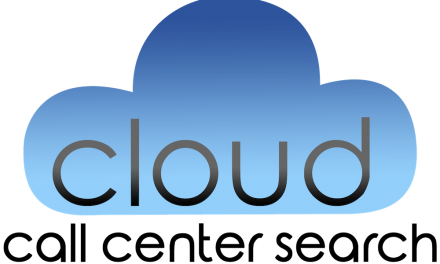The Decline of Contact Rates in the Age of Call Blocking and Labeling

Your consumers are tired of receiving calls from “Scam Likely,” but you might be caught in the middle
Robocall identification solutions designed to block and label the truly illegal and fraudulent calls started appearing in early 2017 – a reaction to the increase in phone fraud taking place via the voice channel. This is the point in time when many legal calling entities started to see their contact rates decline.
These illegal robocall identification solutions were inadvertently blocking and labeling legal calls made through the same technologies. This occurs due to false positives generated by call labeling analytics, which are then pushed out across the carrier and app ecosystem along with the delivery of an incoming call. This is how a legal calling entity may find their legitimate business calls erroneously labeled as a “Scam,” “Fraud,” “Spam,” or “Nuisance” call, etc. And the list goes on.
Industry Response
As consumer complaints to the FTC and FCC continued to increase, the industry continued to move toward more aggressive solutions to combat both “illegal” and “unwanted” calls. One such solution is SHAKEN/STIR, which is currently being implemented across the carrier network to cut down on the illegal spoofing of phone numbers. SHAKEN/STIR will validate that an incoming call is being placed on a real phone number, and that the person calling is authorized to use the phone number.
However, an additional layer of trust on top of this will be needed in order to let consumers know that in addition to the phone number being real and the caller being authorized, the originating caller is a legal, trusted entity. This second layer of caller identification will be determined through a process called attestation.
In addition to SHAKEN/STIR initiatives taking place across industry, The FCC call to action on the carriers to implement more robust robocall identification strategies has been picking up a lot of steam. This is especially true over the last few months in reaction to the FCC’s June Declaratory Ruling allowing carriers the ability to block calls by default.
AT&T was the first to go on record in early July stating they’ve started to block calls identified as “fraudulent” on their network, and Verizon followed in August. It is believed that the other top carriers will also be moving in the direction of the default blocking of calls based on “reasonable analytics,” which come in the form of a number of 3rd-party call analytics companies who have developed algorithms to perceive potential risk as associated with answering an incoming call.
Call Labeling: What You Need to Know
Call labeling terminology varies across the calling ecosystem as a function of nomenclature specific to each service or caller identification app provider. Some examples of popular call labels presented by widely-known providers include those previously identified herein, such as “Fraud,” “Scam,” and “Spam Likely.”
Labels are associated with individual phone numbers belonging to a call originator and will vary from number to number. Phone number labels are also constantly changing as the labeling algorithms ingest new data including, but not limited to, new consumer complaints on phone numbers, suspicious spikes or changes in volume, consumer-generated blocking of a call through an app, and so on.
Who sees these labels will also be a representation of the called party’s device configuration, service provider, or any 3rd-party caller identification apps the user may have installed on his or her mobile phone. Regardless of whether one call labeling provider classifies a number as “Scam,” some consumers will still just see the number ring through on its own, while others who are currently receiving or subscribed to a call blocking or labeling service may find this “Scam” call going straight to voicemail, blocked at the network level, or ringing through with an identification as a “Scam” warning label that replaces the phone number itself on a mobile phone’s display screen.
There are many discrepancies from provider to provider, device to device, and user to user, so it’s important to keep in mind that there is no one answer to how your phone numbers will be presented to every single user you’re calling across the network.
Visibility Into Call Labeling Across the Ecosystem
In order to provide insight and control to improve how a call originator’s phone numbers are perceived across the top analytics, app and carrier networks, we have partnered with a technology provider that offers a Certification and Registration solution to provide this insight for as little as one phone number or upwards of thousands of phone numbers.
By certifying a call originator as a Trusted Caller and registering the entity’s phone numbers, our partner is able to provide ongoing reporting into how an entity’s entire portfolio of phone numbers is being risk-perceived and labeled. Also, through the completion of the Certification and Registration process, any erroneous “Scam” or “Fraud” labels associated with a Trusted Entity’s phone numbers will be removed and prevented from future return.
Our Certification and Registration solution extends across the top four carriers, including Verizon, AT&T, T-Mobile, and Sprint, with their analytics partners, plus some of the top apps, such as Hiya and YouMail. This aggregated view of call labeling data across the ecosystem gives you visibility and control to improve the accuracy of your number labeling and drive more effective call delivery strategies.
As the call labeling industry works to improve the accuracy of its technologies along with the speed and agility to address the erroneous or improper blocking of legal calls, our partner has forged a path to associate trust with a legal calling entity’s phone numbers in order to improve call presentation and contact rates.
To connect with our partner and explore how your organization can improve your ability to connect with consumers by removing the roadblocks of improper “Scam” and “Fraud” labeling, please contact us for a free consultation.




